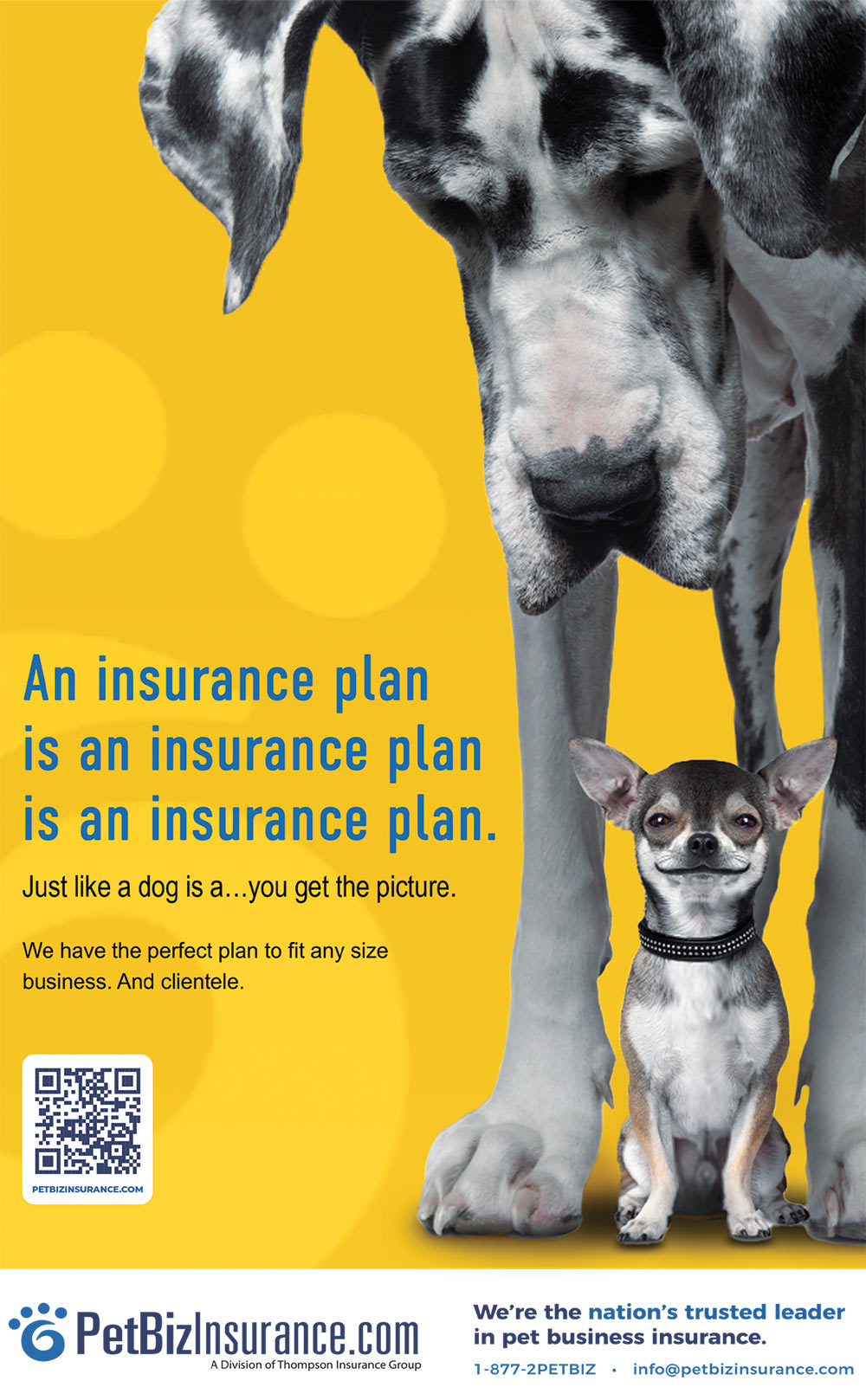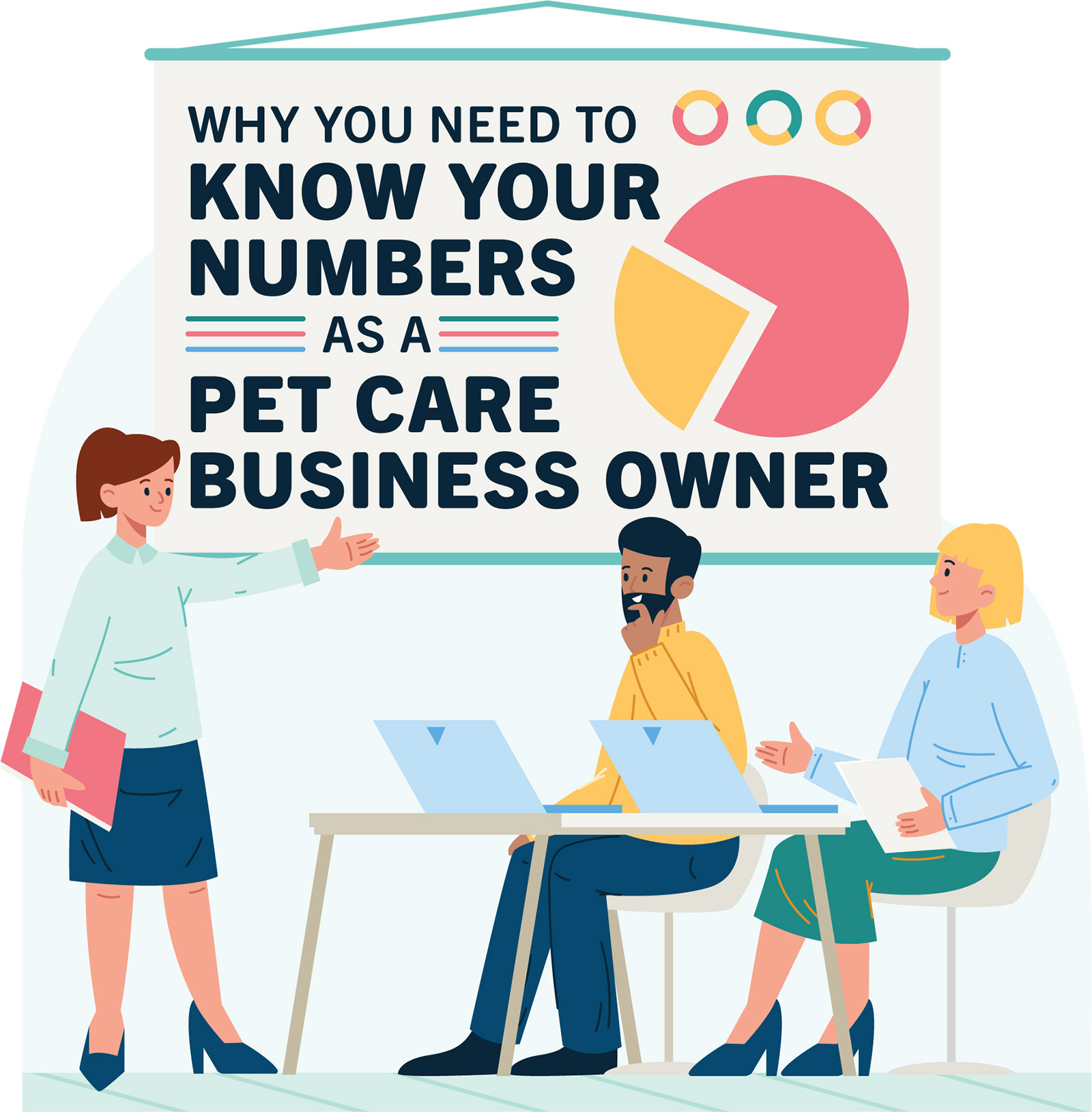
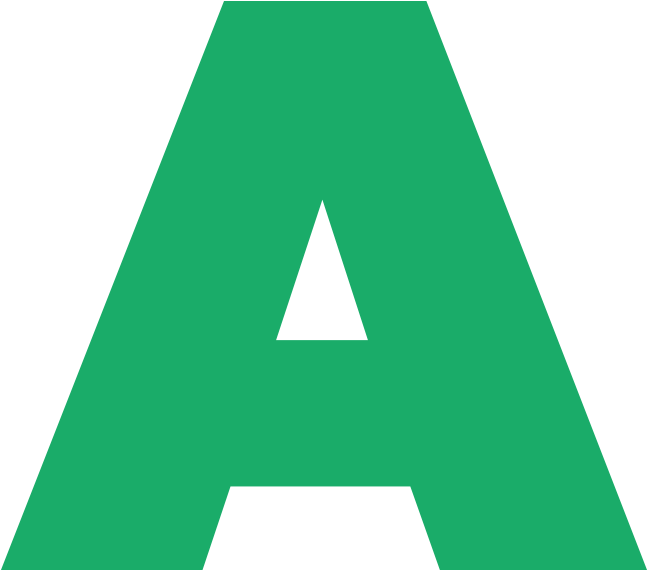 s a pet service provider, you may have heard the phrase “know your numbers” as it relates to owning your own business. But has anyone explained to you what those numbers are, why they are so important and how they help boost your bottom line?
s a pet service provider, you may have heard the phrase “know your numbers” as it relates to owning your own business. But has anyone explained to you what those numbers are, why they are so important and how they help boost your bottom line?
There are several key areas to think about when running your day-to-day pet boarding and daycare business, including using an accounting system, chart of accounts, gross profit margins and operational procedures. The daily sales and expenses in your pet boarding and daycare business tell a financial story each month, and that story is based on the recording of income and expenses over time. As a business owner, this story provides numerical information to help improve your understanding of how well your business is doing.
Most small businesses, such as your pet boarding and daycare business, might start out at first by relying on the current bank account balance, but as the business grows—in terms of customers and expenses—it is a great idea to get more information about what is occurring on a regular basis.
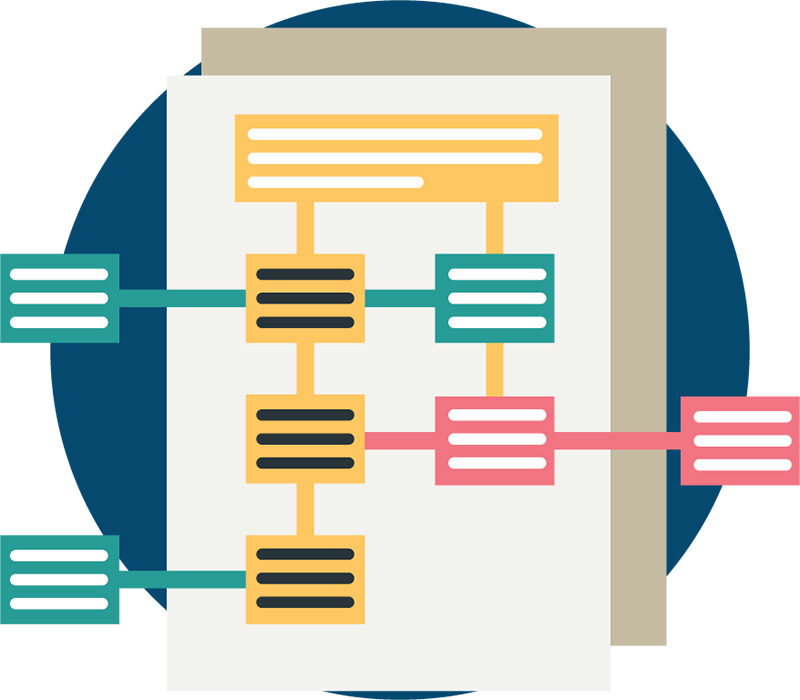
Cloud accounting systems and third-party apps are designed to provide business owners with systems for billing and saving receipts for expenses digitally to aid in the details of the financial story. One example is ordering supplies from different vendors. Using an accounting system to capture data will give you the ability to review transactions and generate a comprehensive report to calculate the total of your supplies, as well as how often you are ordering from one vendor.
Another byproduct of using an accounting system is the ability to keep track of your accounts receivables (how much you are paid by your customers) and any promotions/discounts that might have affected those sales. Both expenses and income generated by the business can help identify trends and provide perspective on how to improve your business operations by use of reports and all financial history of your business.


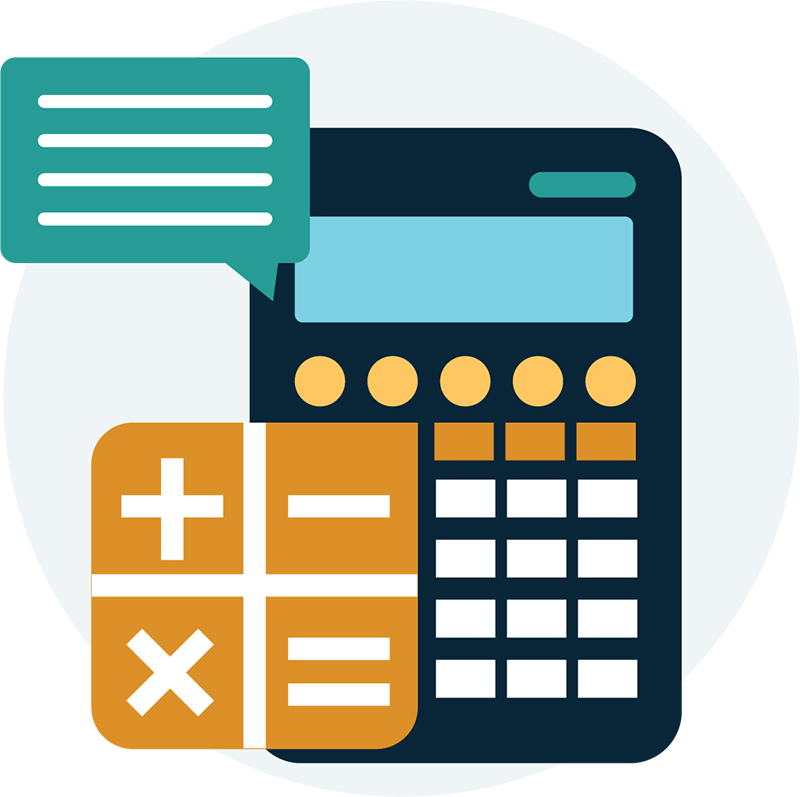

Once you have this detail for any given month, you can begin analyzing the entire financial report and compare your story from month to month, and eventually year to year.
This same information will be extremely useful to your tax professional and potentially your business bank if you are looking for financing in the future.
Along with analyzing the details of the reports, using this information to calculate your gross profit margin will improve your understanding of the financial impact of your current business performance. This can be used to help make business decisions and plan for future growth. There are many ratios you can calculate using the Income Statement and Balance Sheet, but one ratio to keep an eye on is the gross profit margin.

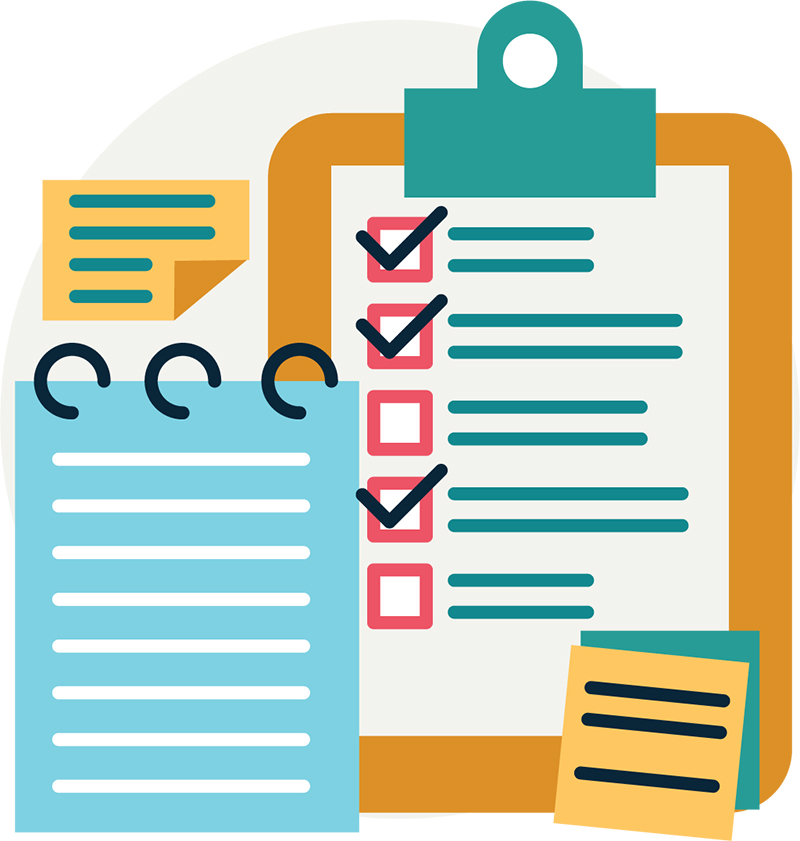
The apps available may also retain customer’s information, including dietary preferences, medical history and behavior. By obtaining this information prior to the customer’s visit, the details can enable your customers and staff to have smooth booking and checkout processes. Having the option to add requests or services can also increase the bottom line, and occasionally some services may be added during the booking process when the customer knows what other services are available when going through the booking process.
In addition, there are accounting systems available that can keep track of your staff’s payroll and inventory of supplies so you can stay informed when stock is getting low prior to your next influx of customers.
Getting to know your numbers, using an accounting system, understanding the Chart of Accounts, identifying your current and ideal profit margin, and using third-party apps that integrate with your accounting system will not only help boost your bottom line, but also aid your boarding and daycare business in providing an excellent experience for your customers and their pets.
Steven Thompson is an advisor at Breakaway Bookkeeping + Advising focused on providing accurate and reliable bookkeeping solutions, specializing in veterinary and pet service businesses. He uses financial processes to aid business owners in regaining control over their finances. Steven is an experienced bookkeeper with a tax preparation background, he finds joy in advising small business clients in understanding their financial numbers, and what they mean in terms of business growth. Steven specializes in solutions for veterinarians to run successful practices along with other small businesses in the pet services industry.

